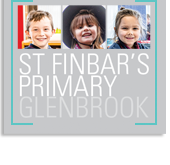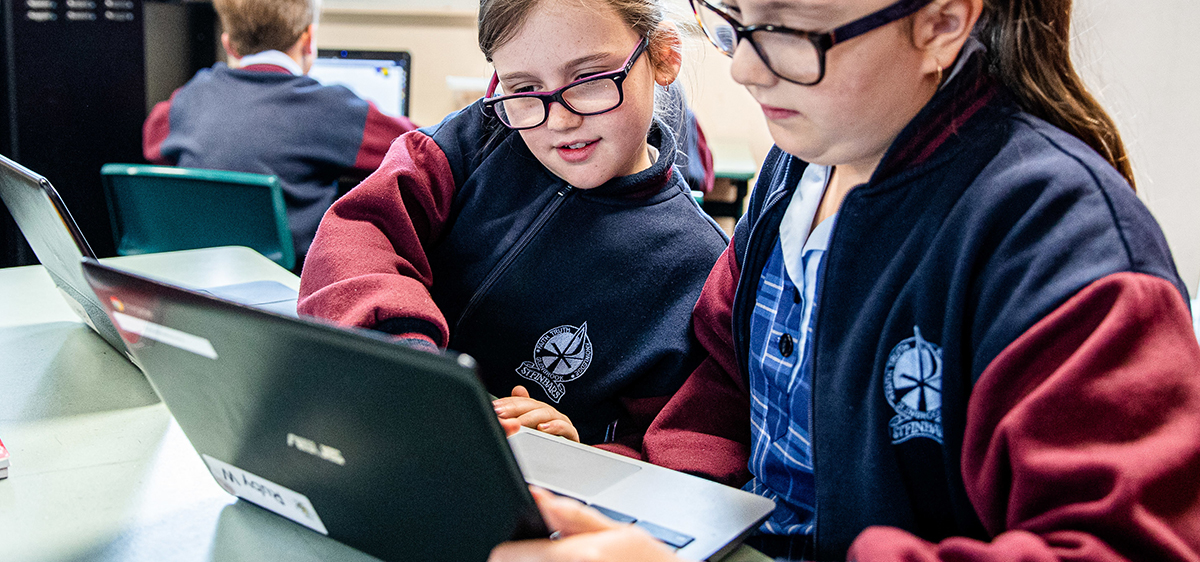You may have heard your children or teacher talk about learning intentions or success criteria. Perhaps you have seen them displayed in the classroom. If you have ever wondered why your child’s teacher uses these in the classroom, hopefully I can provide a brief overview of the significance and purpose of each.
When students know the learning intention of a lesson, they:
- are helped to focus on the purpose of the activity, rather than simply completing the activity;
- know where to focus their efforts - ie which part of the activity actually encompasses the learning;
- are more likely to stay 'on task' and less likely to be confused or distracted;
- can take more responsibility for learning.
- Focusing on the learning - the skills, knowledge and understanding - rather than on the context has the advantage of making it more likely that students will be able to transfer their learning from one context to another.
Once teachers have decided on the learning intention, teachers plan a series of teaching and learning activities to help students learn the knowledge and/or skills and achieve the understanding described.
The learning intention for a lesson or series of lessons is a statement, which describes clearly what the teacher wants the students to
- know
- understand; and
- be able to do
as a result of the learning and teaching activities.
Learning Intentions directly assist students to self-regulate their learning.
Success criteria
The learning intention of a lesson or series of lessons tells students what they should know, understand and be able to do, and the success criteria helps teachers to decide whether their students have in fact achieved the learning intention.
Importantly, the success criteria also answers the same question from the point of view of the student. How will I know whether I've achieved the learning intention?
The term 'success criteria' was coined in the UK. It is synonymous with 'assessment criteria' but, instead of reminding students of their (perhaps negative) experiences of being assessed, this term focuses (much more positively) on students' ability to succeed.
Examples of success criteria are:
- I can compare the volumes of two or more objects made from cubic-centimetre blocks by counting blocks
- I can use scaled instruments to measure and compare capacities
- I can identify three of the ways in which heat can be produced
- I can classify heat sources according to how they produce heat.
Learning Intentions and Success Criteria help students to be self-regulated learners and remain focussed on what they are learning, not what they have to do.




